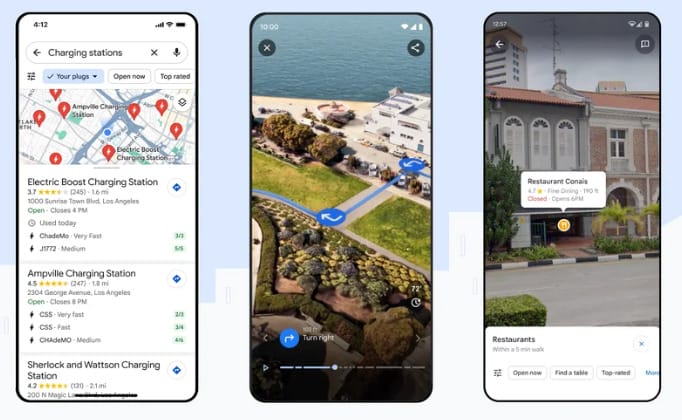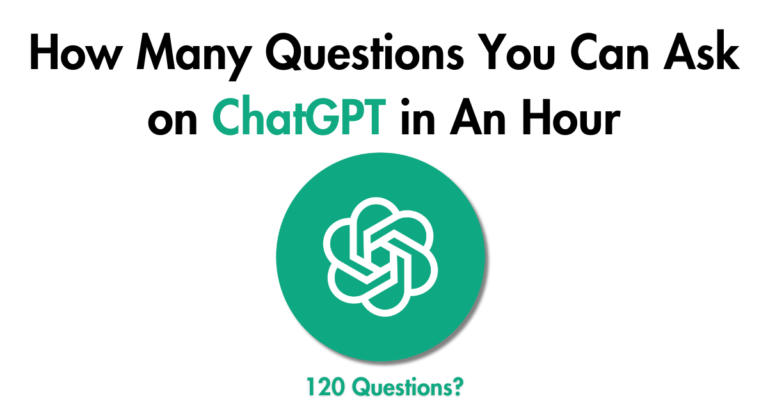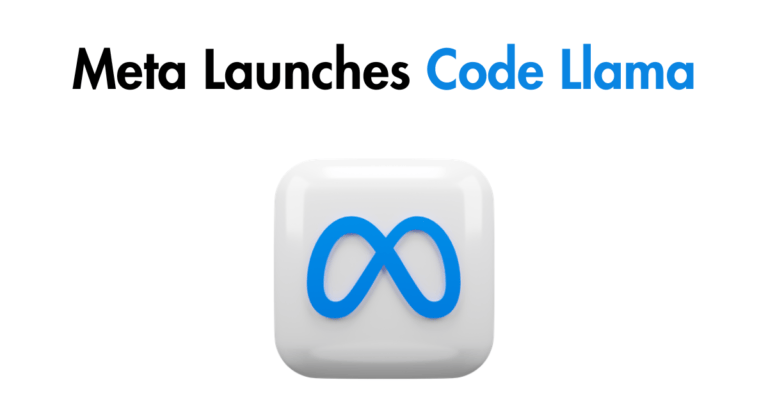
If you’re curious about diving into the world of data analytics, you might be wondering: how long will it take to learn this fascinating field? Well, my friend, you’re in the right place! In this article, we’ll explore the answer to that burning question and provide you with some insights into the journey of becoming a data analytics whiz.
Data analytics is like solving puzzles with numbers and patterns. It’s all about unraveling the mysteries hidden within vast amounts of data, so you can make informed decisions.
But don’t worry, you don’t need to be a math genius or a tech wizard to embark on this adventure. With some dedication, practice, and the right guidance, becoming a proficient data analyst is within your reach.
So, if you’re ready to embark on a quest to master data analytics, let’s not waste any more time. Lace-up your learning shoes, grab your analytical magnifying glass, and let’s get started on this exciting journey together!
Embarking on the adventure of learning data analytics is an exciting endeavor. While the exact time it takes to become proficient varies, with dedication and consistent effort, you can start seeing progress within a few months. Begin by learning the fundamentals, such as statistics and programming languages like Python or R. Explore real-world projects to gain hands-on experience and challenge yourself to expand your knowledge regularly. Remember, learning data analytics is a continuous process, so keep exploring and honing your skills!

How Long Does it Take to Learn Data Analytics?
Data analytics is an in-demand skill that is becoming increasingly important in various industries. If you’re considering learning data analytics, you might be wondering how long it will take to become proficient in this field.
The time it takes to learn data analytics can vary depending on several factors, including your prior experience, the resources available to you, and the level of proficiency you aim to achieve.
In this article, we will explore the factors that can influence the learning timeline for data analytics and provide some guidance on how to expedite the learning process.
Fundamentals of Data Analytics
Before diving into the details of how long it takes to learn data analytics, it’s important to understand the fundamentals of this field. Data analytics involves the extraction, transformation, and analysis of data to gain insights and make informed decisions.
It encompasses a range of techniques and tools, including data visualization, statistics, machine learning, and programming languages such as Python or R. The ability to effectively analyze data and draw meaningful conclusions is a valuable skill in today’s data-driven world.
Learning Curve
When it comes to learning data analytics, the learning curve can vary from person to person. Some individuals may find the concepts and tools intuitive and quickly grasp the fundamentals, while others may need more time and practice to become proficient.
The speed at which you can learn data analytics also depends on your prior knowledge and experience in related areas such as math, statistics, programming, or data analysis. If you already have a solid foundation in these domains, you may be able to learn data analytics more quickly.
To effectively learn data analytics, it’s important to adopt a structured approach and set realistic goals. Breaking down the learning process into smaller, manageable steps can help you stay motivated and track your progress.
Additionally, seeking out resources such as online courses, tutorials, and practice datasets can provide you with the necessary guidance and hands-on experience.
It’s essential to note that learning data analytics is not a one-time endeavor. The field is constantly evolving, with new techniques and tools emerging regularly.
As a data analyst, you’ll need to stay updated with the latest trends and advancements in the industry. This ongoing commitment to learning and professional development will help you stay ahead in the rapidly changing field of data analytics.
Factors Affecting the Learning Timeline for Data Analytics
Several factors can influence the time it takes to learn data analytics. Here are some key considerations:
Prior Knowledge and Experience
Your prior knowledge and experience in areas such as math, statistics, programming, or data analysis can significantly impact your learning timeline.
If you have a strong foundation in these areas, you may be able to grasp the concepts and tools of data analytics more quickly. On the other hand, if you’re starting from scratch, you may need to invest more time in learning the fundamentals before diving deeper into data analytics.
Learning Resources Available
The availability of learning resources can also affect the time it takes to learn data analytics. Access to comprehensive online courses, tutorials, textbooks, and practical exercises can expedite the learning process.
Additionally, participating in hands-on projects or real-world case studies can provide practical experience and enhance your understanding of data analytics concepts.
Time Commitment and Learning Environment
The amount of time you can dedicate to learning data analytics and the learning environment can impact your progress. If you have a full-time job or other commitments, you may need to allocate specific hours per week to study and practice data analytics.
Creating a conducive learning environment, free from distractions, can also help you focus and absorb the material more effectively.
Complexity of the Data Analytics Field
Data analytics is a vast and multidisciplinary field. The complexity of the concepts and tools can influence the learning timeline.
For example, learning basic data visualization techniques may take less time compared to mastering advanced machine learning algorithms. It’s important to set realistic expectations and prioritize your learning based on your goals.
Level of Proficiency Desired
The level of proficiency you aim to achieve in data analytics also affects the learning timeline. If you’re looking for a basic understanding of data analytics for personal or general business purposes, you may be able to learn the fundamentals in a few weeks or months.
However, if you aspire to become a data scientist or a specialized analyst, it may take several years of dedicated learning and practical application to reach an advanced level of proficiency.
Learning Strategies and Practice
The learning strategies you adopt and the amount of practice you put into data analytics will significantly impact your progress.
Engaging in hands-on projects, analyzing real-world datasets, and actively applying the knowledge you acquire will reinforce your understanding and help you develop problem-solving skills. Consistency and practice are key to mastering data analytics.
Expedite Your Learning Process
While the learning timeline for data analytics can vary, there are some strategies that can help you expedite the learning process:
Set Clear Goals
Define your learning goals and break them down into smaller, achievable objectives. This will help you stay focused and motivated throughout the learning journey. Regularly reassess and adjust your goals as you make progress.
Take Structured Courses
Enroll in structured online courses or join data analytics programs that provide a comprehensive curriculum and hands-on projects. These courses often have well-defined learning paths and can significantly accelerate your learning process.
Practice with Real-World Data
Working with real-world datasets and practical exercises will enhance your understanding of data analytics concepts and help you develop problem-solving skills.
Look for datasets in your areas of interest or industry and practice analyzing them using the techniques you learn.
Engage in Collaborative Learning
Join online communities, forums, or data analytics meetups to connect with fellow learners and professionals in the field. Collaborative learning can provide valuable insights, different perspectives, and opportunities to work on group projects.
Stay Updated and Experiment
Keep up with the latest trends and advancements in data analytics. Subscribe to industry newsletters, follow influential data analysts on social media, and explore new tools and techniques. Experimentation and staying curious will help you continuously enhance your skills.
Build a Portfolio
Create a portfolio of data analytics projects that showcase your skills and practical experience. This portfolio will not only serve as evidence of your competency but also demonstrate your ability to apply data analytics techniques to real-world problems.
Ultimately, the time it takes to learn data analytics will depend on various factors and individual circumstances. By adopting a structured learning approach, leveraging available resources, and dedicating time and effort, you can expedite your learning process and become proficient in data analytics.
Frequently Asked Questions
Are you interested in learning data analytics? Here are some common queries you may have regarding the time required to master this field.
What is the average time it takes to learn data analytics?
The time it takes to learn data analytics can vary depending on various factors such as prior knowledge, learning pace, and dedication. While some individuals may grasp the fundamentals in a matter of weeks, it typically takes several months to become proficient in data analytics.
Becoming an expert in the field may take several years of continuous learning and practical application. However, it’s important to remember that learning data analytics is an ongoing process as new technologies and techniques emerge.
It’s recommended to start by building a strong foundation in statistics, mathematics, and programming languages such as Python or R.
Then, you can progress to learning about data visualization, data cleaning, machine learning algorithms, and data modeling. Continuous practice, hands-on projects, and staying up-to-date with industry trends will enhance your skills over time.
Can I learn data analytics on my own, or do I need formal education?
Learning data analytics is possible through self-study, online courses, or formal education. While a formal education such as a degree in data analytics or a related field may provide a structured learning path and access to resources, it is not a prerequisite to success in this field.
Many successful data analysts and professionals have acquired their skills through self-study and practical experience.
There are ample online resources, tutorials, and courses available that offer comprehensive learning material for data analytics. These platforms often provide hands-on projects, case studies, and real-world examples to enhance practical skills.
The key to success in self-learning is discipline, motivation, and a consistent learning schedule. Participating in online forums and communities can also provide opportunities for networking and knowledge-sharing.
Is it necessary to have a background in programming to learn data analytics?
Having a background in programming is not a strict requirement for learning data analytics; however, it can be highly beneficial. Programming languages like Python and R are commonly used in data analytics for tasks such as data manipulation, analysis, and visualization. Being familiar with programming concepts and syntax can make it easier to work with data and implement various analytical techniques.
If you don’t have prior programming knowledge, it’s recommended to start with learning the basics of a language like Python. Many online resources and courses cater specifically to beginners, providing step-by-step guidance. As you gain proficiency in programming, you can gradually explore more advanced topics in data analytics.
How can I accelerate my learning process in data analytics?
To accelerate your learning process in data analytics, there are a few strategies you can employ:
1. Set clear goals: Outline what you want to achieve within a given timeframe and break it down into smaller milestones. This will help you stay focused and track your progress.
2. Hands-on practice: Apply the concepts you learn to real-world datasets. Work on projects, participate in Kaggle competitions or analyze open datasets. Practical experience is essential for mastering data analytics.
3. Learn from others: Engage in online communities, and forums, and attend data analysis meetups or webinars. Networking with like-minded individuals and learning from their experiences can provide valuable insights and speed up your learning process.
4. Stay updated with industry trends: Data analytics is a constantly evolving field. Keeping up with the latest tools, technologies, and techniques through blogs, podcasts, and online resources will ensure you stay ahead.
Can I transition into a career in data analytics if I have a different professional background?
Absolutely! Many professionals successfully transition into data analytics from diverse fields. Data analytics values skills such as critical thinking, problem-solving, and the ability to derive insights from data. These skills can be developed or enhanced regardless of your previous professional background.
Start by acquiring the foundational knowledge in data analytics, and then highlight transferable skills from your previous experience that align with the requirements of the field.
Showcase any data-related projects or analyses you have done independently, even if they were not part of your previous job. Additionally, consider seeking out internships or volunteering opportunities to gain practical experience and build your data analytics portfolio.
So, how long does it take to learn data analytics? Well, it depends on a few things. Firstly, how much time can you dedicate to learning? If you can spend a few hours a day studying and practicing, you could start seeing progress in a few months.
But if you can only spare a few hours a week, it might take longer, maybe a year or more. Remember, practice makes perfect!
Secondly, your prior knowledge and experience matter. If you already have a background in math or programming, it could give you a head start. But don’t worry if you don’t, anyone can learn data analytics with determination and effort.
Just take it one step at a time, learn the basics, and slowly build your skills. And don’t forget to keep practicing and challenging yourself! With time and dedication, you’ll become a data analytics pro.






